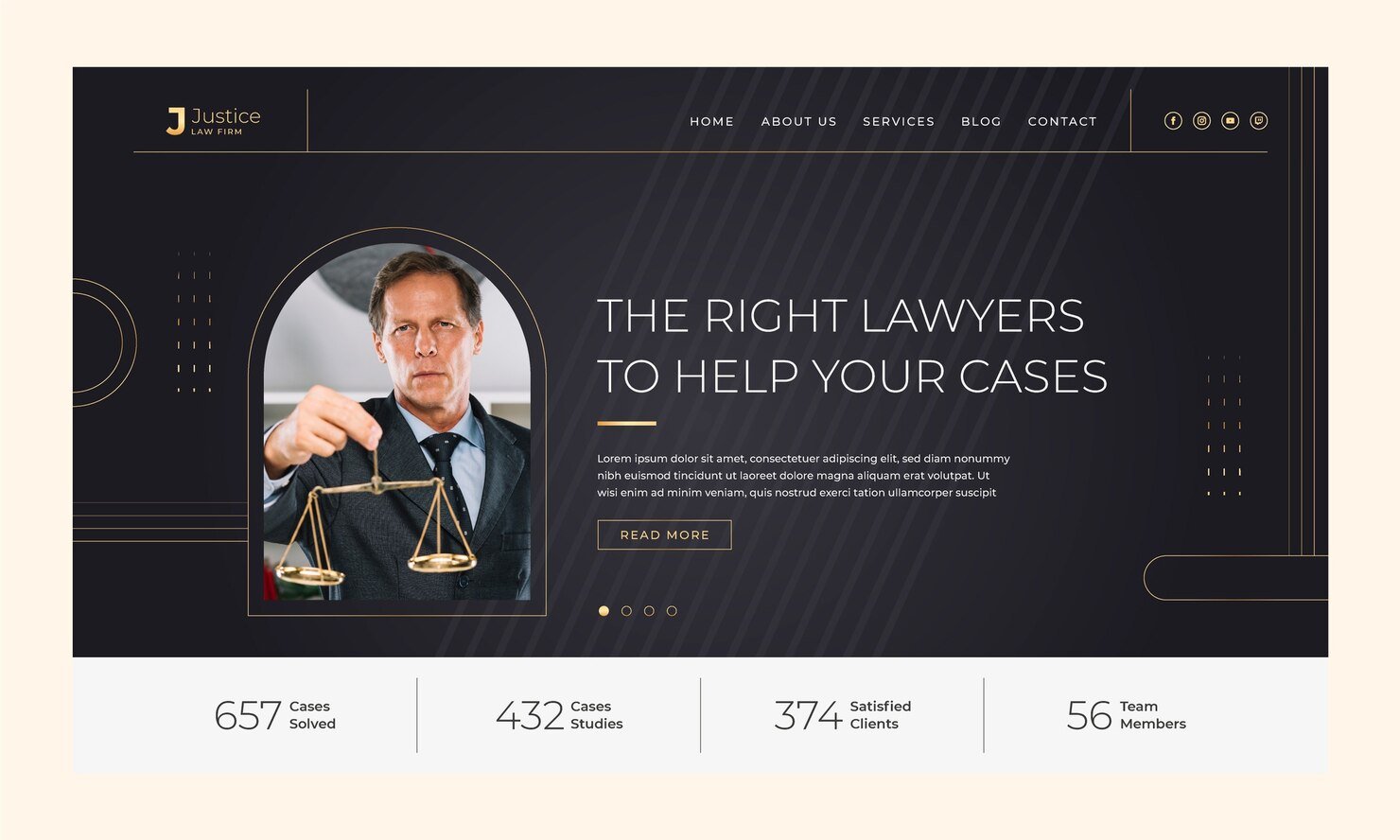Introduction to Package Design
What is Package Design?
Package design is the art and science of creating a container that not only protects a product but also communicates its value to the consumer. It’s the first impression your product makes, often making the difference between someone picking it up or walking past.
Why is Package Design Important?
Think about your favorite product. Chances are, its packaging played a role in your initial attraction. A well-designed package builds brand recognition, evokes emotions, and can even boost sales.
Understanding the Initial Concept
Defining the Purpose of the Package
Before designing, you need to answer: What does the packaging need to do? Whether it’s to protect fragile items or showcase luxury, defining the purpose is crucial.
Identifying the Target Audience
Who are you designing for? Knowing your audience’s preferences, values, and expectations will guide your choices in design, materials, and messaging.
The Role of Market Research in Package Design
Competitor Analysis
Your competitors are your first teachers. Analyze their packaging: What works? What doesn’t? Find gaps you can fill.
Understanding Consumer Preferences
Trends change, and so do consumer tastes. Market research reveals what resonates with your audience—minimalism, bold graphics, or sustainable materials.
Sketching the Initial Ideas
Importance of Brainstorming
Great designs start with bold ideas. Bring your team together, share inspiration, and let creativity flow without judgment.
Drafting Concepts
Sketching rough ideas brings your vision to life. It’s the phase where you experiment with shapes, colors, and layouts without limitations.
Refining the Design
Incorporating Brand Identity
Your packaging must echo your brand’s voice. Whether it’s playful or sophisticated, ensure the design aligns with your overall branding.
Choosing Colors, Fonts, and Layouts
Colors evoke emotions, fonts communicate tone, and layouts ensure everything is visually cohesive. Every element must work harmoniously.
Ensuring Practicality and Functionality
A stunning design is useless if it isn’t practical. Ensure the packaging is easy to open, store, and use while keeping production costs reasonable.
Digital Rendering and Prototyping
Using Design Software
Tools like Adobe Illustrator or specialized packaging software transform sketches into polished digital designs.
Creating 3D Mockups
3D mockups help visualize the final product. They reveal flaws that might not be evident on paper.
Feedback and Iteration
Feedback is gold. Share your prototype with stakeholders and make improvements based on their insights.
Material Selection and Sustainability
Choosing the Right Materials
The material impacts both aesthetics and functionality. Cardboard, plastic, glass—choose what suits your product and target audience.
Eco-Friendly Packaging Trends
Consumers love sustainability. Use biodegradable or recycled materials to enhance your product’s appeal and reduce environmental impact.
Finalizing the Design
Collaboration Between Designers and Manufacturers
Aligning with manufacturers ensures your design is feasible for production without compromising your vision.
Testing for Durability and Usability
Run tests to ensure the packaging protects the product and offers a great user experience.
Printing and Production
Pre-Production Checks
Review everything—colors, text, alignment—before going into mass production.
Mass Production Process
Once approved, your design moves to the production line, where it’s replicated on a large scale.
Packaging in the Distribution Chain
Shipping and Storage Considerations
Durability is key. Ensure your packaging withstands handling and transportation without damage.
Shelf Appeal
Your product has seconds to catch a shopper’s eye. Bold visuals and clear messaging make all the difference.
Launching the Product
Marketing the Design
Highlight the design in your marketing campaigns. Show consumers how the packaging reflects the product’s value.
Consumer Feedback on Packaging
Post-launch feedback helps identify areas for improvement. Listen to your customers—they’re your best critics.
Evolving with Consumer Trends
Adapting to Feedback
Stay agile. Consumer preferences evolve, and so should your packaging.
Innovations in Package Design
Keep an eye on industry trends, like smart packaging or augmented reality, to stay ahead of the curve.
Conclusion
The journey of package design is a blend of creativity, strategy, and practicality. From initial sketches to final production, every step contributes to the story your product tells. Remember, great packaging isn’t just a container—it’s a powerful marketing tool.
FAQs
How long does it take to create a package design?
The timeline can range from a few weeks to several months, depending on complexity and approval processes.
What software is best for package design?
Tools like Adobe Illustrator, CorelDRAW, and 3D software like SolidWorks are widely used.
How does sustainability impact package design?
Sustainable designs enhance brand reputation and appeal to eco-conscious consumers.
What are some common mistakes in package design?
Overcrowded designs, unclear messaging, and impractical materials are common pitfalls.
Can packaging influence purchasing decisions?
Absolutely! Eye-catching packaging can drive impulse buys and foster brand loyalty.



